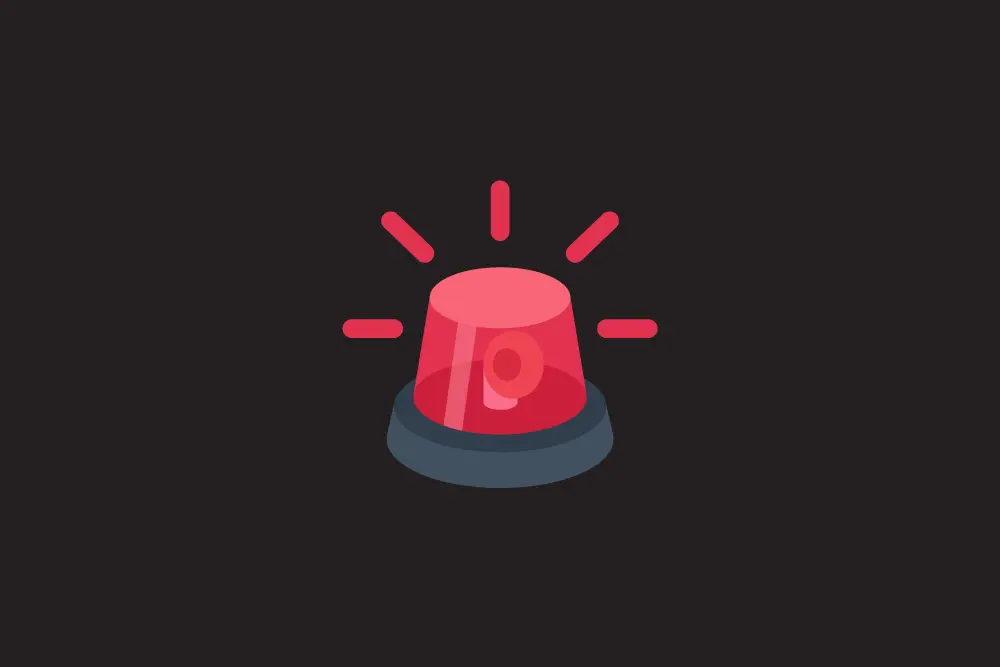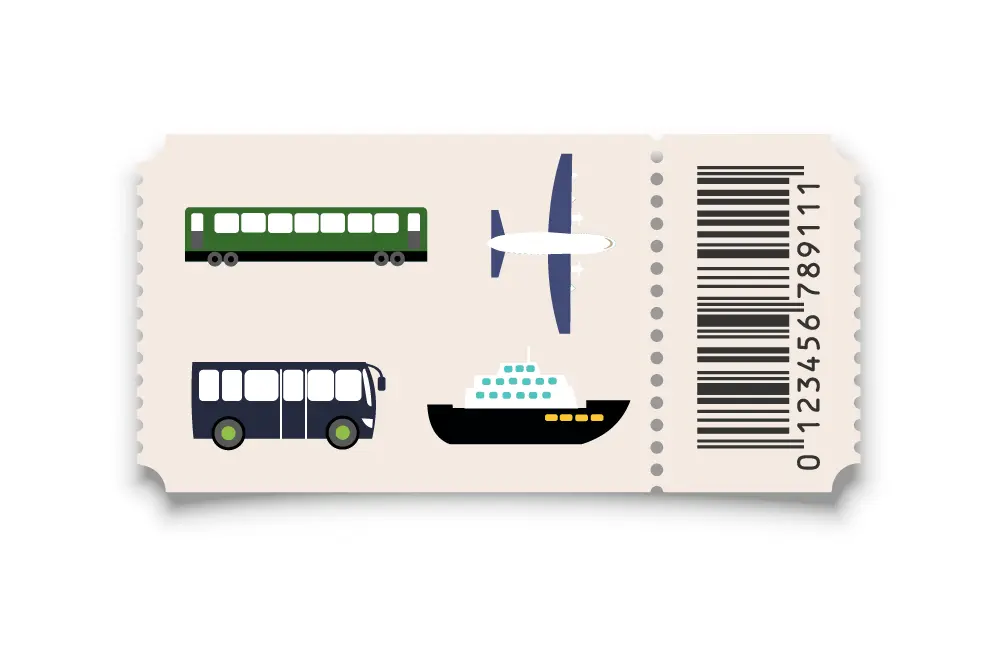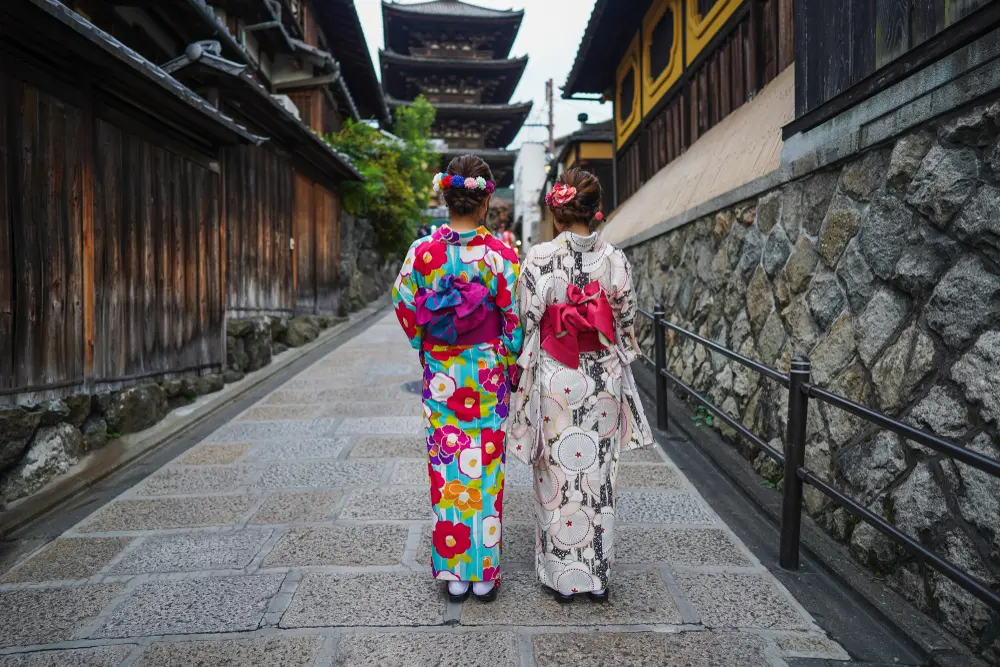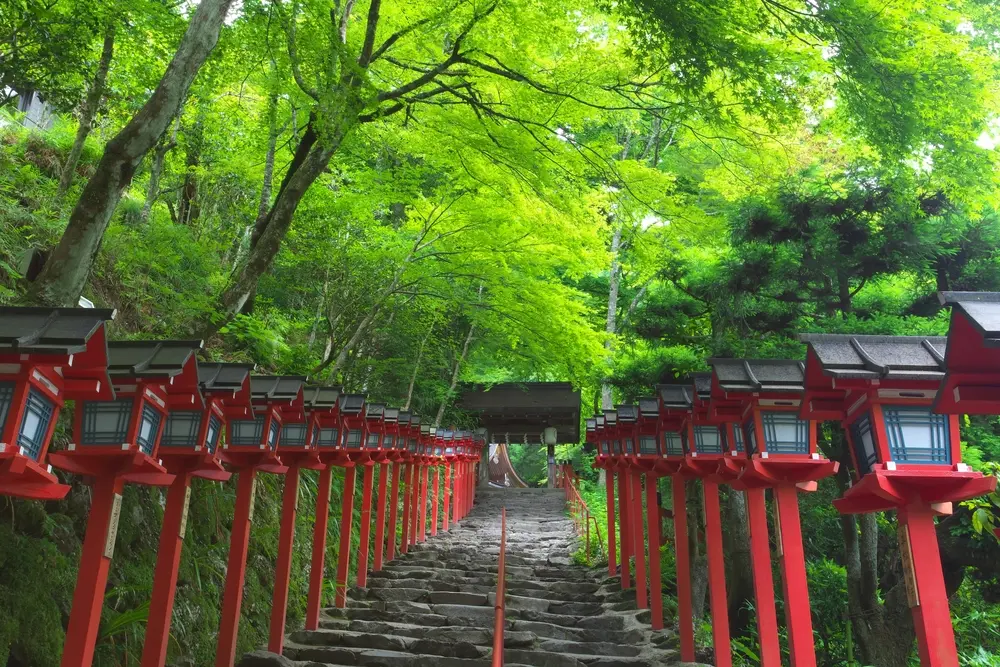Explore Kyoto: Your Complete Guide to Transportation and Travel Tips
Kyoto Transportation Guide
Kyoto Transportation Guide
Recommended Transportation Methods within Kyoto
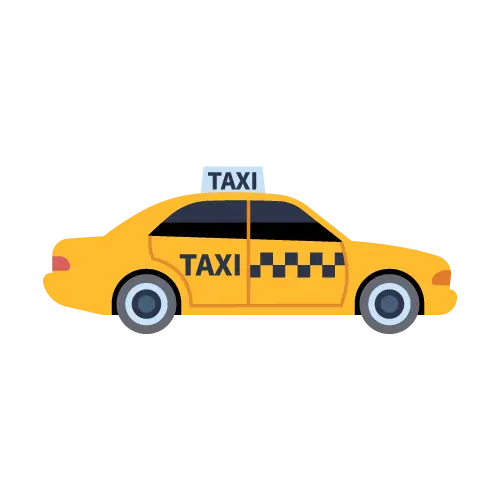
Sometimes you want to get from A to B without the hassle. Taxis are perfect for this. Easily found around major attractions and transport hubs, just hail one or find a taxi stand.

Kyoto’s extensive bus network covers most of the city, making it ideal for budget travelers. Though it may seem daunting at first, the system is easy to navigate once you get the hang of it.

Walking may not be practical for long distances, but it’s great for immersing in Kyoto’s atmosphere and finding hidden gems. Many attractions are within walking distance, especially in historic districts.
What to Do in Such Situations?
Q:Which is better to use, buses or subways?
A: Both buses and subways are convenient for getting around Kyoto. Buses offer more extensive coverage, reaching smaller streets and temples that subways may not. However, subways are faster for longer distances and less affected by traffic. Consider your destination and personal preference when choosing between the two.
Q: How do I ride the bus in Kyoto?
A: Kyoto’s buses operate on a flat-fare system, meaning you pay the same fare regardless of distance. Take a numbered ticket when boarding from the rear door. When your stop is announced, press the stop button. Pay the fare when exiting from the front door, either with cash or an IC card like ICOCA.
Q: There are so many types of day passes. Which one should I buy?
A: The best day pass for you depends on your itinerary. The Kyoto City Bus One-Day Pass is ideal if you plan to mainly use city buses. The Kyoto Sightseeing One-Day Pass (Bus & Subway) covers both city buses and subways. If you plan to explore areas outside Kyoto city, consider the Kansai Thru Pass.
Q: Can I use IC cards like ICOCA for transportation in Kyoto?
A: Yes, ICOCA and other major IC cards are widely accepted on buses, subways, and some trains in Kyoto. You can purchase and charge them at stations and convenience stores.
Q: Are taxis expensive in Kyoto?
A: Taxis in Kyoto are relatively expensive compared to public transportation. The base fare starts around 600 yen, and the fare increases with distance and time. Consider using taxis for shorter distances or when carrying heavy luggage.
Q: Is renting a bicycle a good option in Kyoto?
A: Renting a bicycle can be a fun and convenient way to explore Kyoto, especially if you plan to visit temples and shrines located close to each other. However, be aware of traffic rules and the availability of parking spaces.
Q: How do I get to major tourist attractions from Kyoto Station?
A: Kyoto Station is a major transportation hub with access to buses and trains. You can find bus stops for various destinations outside the station and subway lines within the station.
Q: How do I get from the airport to Kyoto city?
A: There are several ways to travel from the airport to Kyoto city, including limousine buses, trains, and taxis. Limousine buses are a convenient option with direct service to major hotels. Trains are faster but may require transfers. Taxis are the most expensive option.
Q: Is traffic congestion bad in Kyoto?
A: Traffic congestion can be heavy during peak tourist seasons and rush hours. Consider using public transportation or bicycles during these times.
Q: What are some traffic rules I should be aware of in Kyoto?
A: In Kyoto, as in the rest of Japan, pedestrians have the right of way. Cyclists should ride in designated lanes and follow traffic signals. Be sure to obey traffic rules to ensure your safety and the safety of others.



